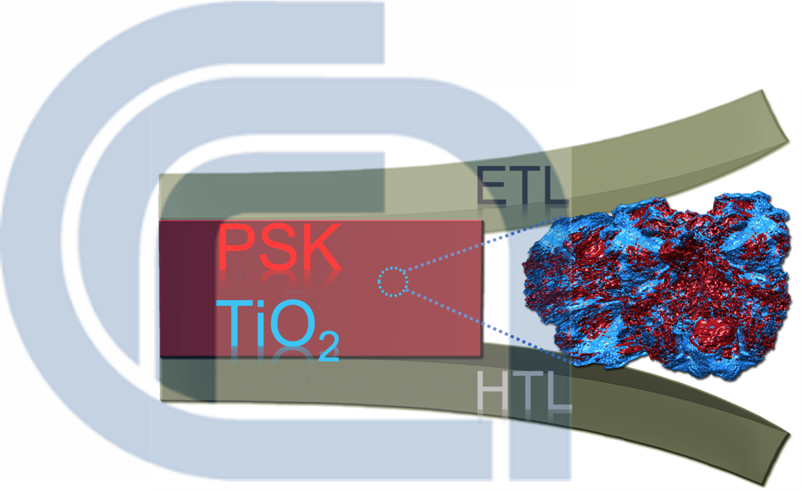
Perovskite Solar Cells (PSC) were initiated in 2009 by Tsutomu Miyasaka at the Toin University of Yokohama and, soon after, they gained great enthusiastic attention and efforts worldwide. The certified photon-to-current conversion efficiency has been rapidly boosted to the current certified record of 25.2%, closely approaching the one of Silicon (26.1% for single crystal and 26.7% for HIT Si-Solar Cells, NREL data@09-03-21). In the recent history, PSC and Si-SC have been engineered to work in tandem with certified record as high as 29.5% held by Oxford PV.
Progress in the performance of PSC is steadily advancing through device and compositional engineering. Different device architectures, various kinds of charge transporting layers and the versatile perovskite (PSK) composition are under the spotlights.
In this rich and complex landscape, technology-related challenges have been drawn that settle the pivotal role of the research in the field. The main challenge is related to the quasi-liquid nature of the photoactive PSK with consequences on the stability and durability of the devices. Another main focus is on the role and behaviour of the interfaces and materials that are in charge of the carrier extraction and collection. Finally, the up-scalability of the deposition processes for device manufacturing makes a further challenge for the technology to come into the market.

